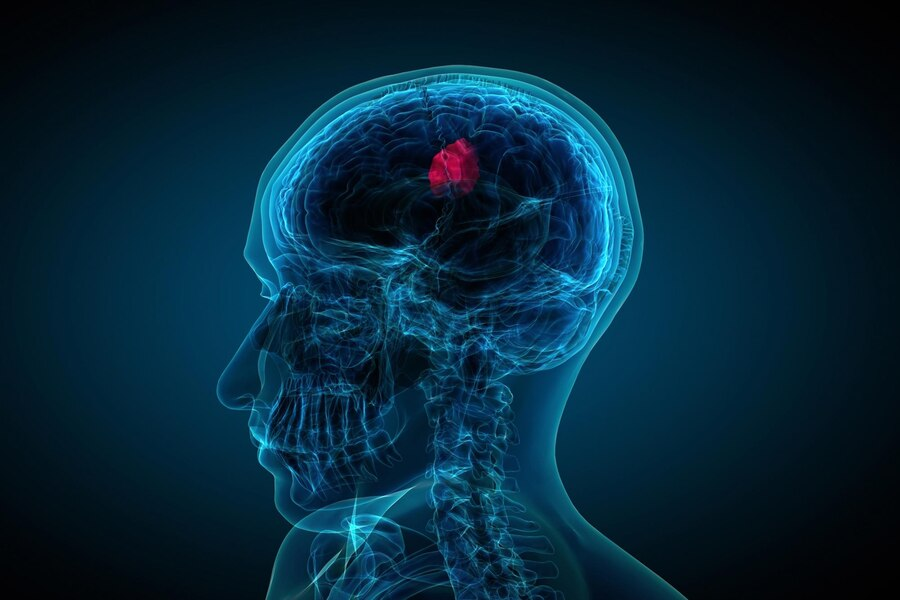
Head & Neck Oncology
Each year, over 5.5 lakh patients are diagnosed with head and neck cancer. These cancers make up 27.5% of all cancers in India, compared to only 4% in the West.
The following cancers are addressed in the Department of Head and Neck Oncology : Hypopharyngeal Cancer Treatment, Laryngeal Cancer Treatment, Lip and Oral Cavity Cancer Treatment, Metastatic Squamous Neck Cancer with Occult Primary Treatment, Nasopharyngeal Cancer Treatment, Oropharyngeal Cancer Treatment, Paranasal Sinus and Nasal Cavity Cancer Treatment, Salivary Gland Cancer Treatment, Transoral Laser Microsurgery (TLM), Skull-Base Surgery for Head and Neck Cancer, Thyroid and parathyroid cancer
Microlaryngoscopy, or microscopic laryngeal surgery, is the most accurate way to see and work on the vocal folds. It permits using the micro laryngeal dissection instruments and the operative microscope, the two most important toolsets in laryngeal surgery.
Precise staging of head and neck cancers is crucial for determining the most appropriate treatment strategy, as this has a marked impact on prognosis and quality of life. Integrated positron emission tomography and magnetic resonance imaging (PET/MRI) with [18F]FDG is advantageous in that it enables simultaneous PET and MR imaging with higher soft-tissue contrast, multiplanar image acquisition, and functional imaging capability.
Thyroid scan
After an intravenous injection of Tc-99m pertechnetate, a scintillation camera takes pictures of the thyroid about 20 minutes later. Gamma rays, or photons, are released by the radionuclide steadily. The camera is configured to identify a minimum quantity of photons in advance.
Reconstruction for Head and Neck Cancer
Speech, swallowing, and appearance-related structures may need to be removed during head and neck cancer surgery. To restore areas damaged by cancer and cancer treatment, reconstruction may involve the transfer of bone, muscle, and skin, as well as the blood vessels connected to them. Following are some of the reconstruction options: PMMC Flap, Delto Pectoral Flap, Free Fibular graft, Nasolabial Flap, Partial/ Full thickness Skin graft
Microvascular Reconstruction
In microvascular reconstruction, an area of the body that was removed or damaged during cancer treatment is recreated using healthy tissue from other parts of the body. Depending on the features of the surgical defect, this entails removing a mix of muscle, bone, and skin in addition to the blood vessels supplying the tissue and then transferring the tissue to the injured area.
Intensity-modulated radiation therapy (IMRT)
It delivers targeted radiation doses to the tumour site, patterned to match the shape of the tumour by modulating the intensity of the radiation beams.
Proton Therapy
It is a form of targeted radiation treatment that uses energy from positively charged particles called protons.
Brachytherapy
Radioactive material is injected into the body during brachytherapy. A needle or catheter is used to seal the material inside a seed, pellet, wire, or capsule. Neighbouring cancer cells are damaged by the radiation emitted by this source.